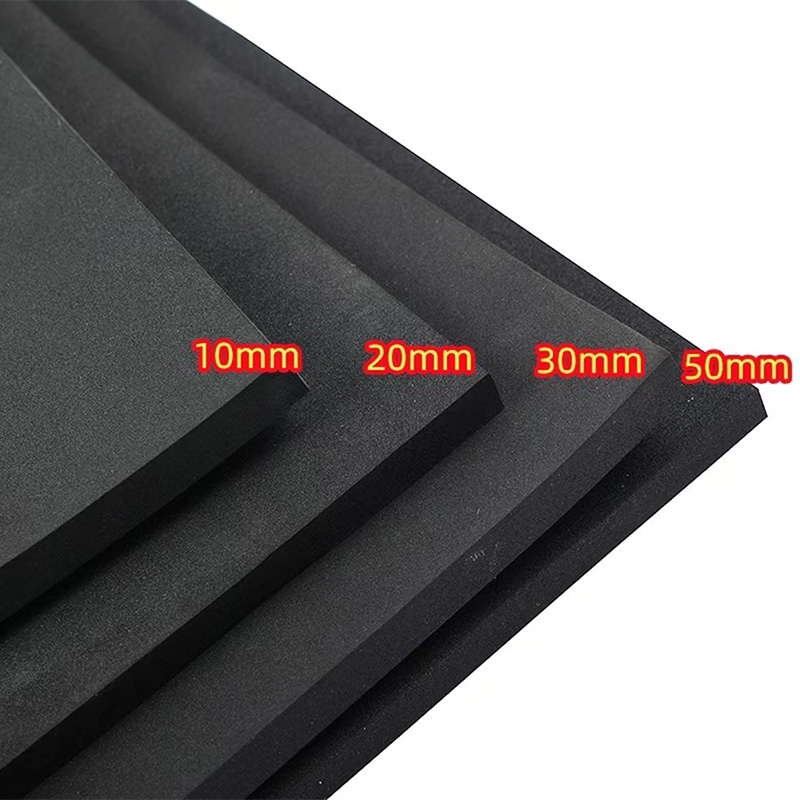Basement Door Weather Stripping - Insulate and Protect Your Home
The Importance of Basement Door Weather Stripping
Weather stripping is an essential aspect of home maintenance that often gets overlooked, particularly when it comes to the basement door. A well-sealed basement not only enhances energy efficiency but also protects the integrity of your home and contributes to a healthier living environment. This article will explore the significance of basement door weather stripping, the types available, and how to properly install them.
Why Weather Stripping Matters
Basements are typically more vulnerable to the elements than other parts of the home. Poor insulation and drafts can lead to significant temperature fluctuations, making your heating and cooling systems work harder. This can result in higher energy bills and an uncomfortable living space. Weather stripping helps create a barrier against cold air, moisture, and pests, ensuring your basement remains a consistent temperature.
In addition to energy efficiency, effective weather stripping helps prevent water ingress. A basement exposed to moisture can lead to serious issues such as mold growth, wood rot, and structural damage. By sealing the basement door properly, you can mitigate these risks and extend the life of your home’s foundational elements.
Types of Weather Stripping
There are several types of weather stripping materials to consider for your basement door, each with its advantages.
1. V-strip This type can be made from plastic or metal and is installed in a zig-zag pattern along the frame. It is durable and effective for sealing gaps.
2. Felt While cheaper and easy to install, felt weather stripping may not last as long as other options. It is best for areas with less moisture exposure.
3. Foam tape This self-adhesive option is flexible and can accommodate irregular gaps. Its insulation properties make it a popular choice for basement doors.
4. Rubber Rubber weather stripping is highly effective and durable, making it ideal for external doors subject to harsh weather conditions.
basement door weather stripping

Installation Tips
Installing weather stripping on your basement door is a straightforward process that can be completed with minimal tools
1. Measure the Gaps First, assess the areas around your basement door that require sealing. Use a measuring tape to find the length and width of gaps.
2. Clean the Surface Ensure the areas where you will apply the weather stripping are clean and free of debris. This will enhance adhesion.
3. Cut the Weather Stripping Based on your measurements, cut the chosen weather stripping material to the required lengths.
4. Apply the Weather Stripping Follow the manufacturer’s instructions to attach the weather stripping. Ensure a tight fit to avoid future drafts.
5. Test for Effectiveness Once installed, close the door and check for any light leakage. Adjust or add more weather stripping if necessary.
Conclusion
Investing time and resources into weather stripping your basement door is a smart move for any homeowner. Not only does it improve energy efficiency and reduce utility bills, but it also helps protect your home from mold and structural damage. By understanding the types of weather stripping available and how to install them, you can ensure your basement remains a safe and comfortable space year-round. Don’t wait—take action today to safeguard your home and enhance your living environment!
Share
-
The Best Lubricants for Aluminum Roller GuidesNewsJul.23,2025
-
Slitting Machine Applications in the Packaging IndustryNewsJul.23,2025
-
Rolling Roller Balancing Techniques for Smooth OperationNewsJul.23,2025
-
How To Optimize An EV Battery Assembly LineNewsJul.23,2025
-
Energy Efficiency in Modern Battery Formation EquipmentNewsJul.23,2025
-
Automation Trends in Pouch Cell Assembly EquipmentNewsJul.23,2025







